Designing plastic parts that are functional, durable, and cost-effective requires creativity, but it also demands an understanding of how design influences manufacturability. Plastic injection molding is one of the most efficient and scalable production methods available, but achieving the best results for end-use injection molded parts starts at the design stage.
By following proven design tips for the plastic injection molding process and applying DFM (Design for Manufacturability) guidelines, engineers can avoid costly revisions and ensure consistent, high-quality parts.
The Value of Plastic Injection Molding
Injection molding success hinges on balancing form, function, and manufacturability throughout the manufacturing process. A well-designed part will not only perform as intended but will also fill properly, cool evenly, and eject cleanly from the mold. Even minor oversights like uneven wall thickness or poor gate placement may lead to defects like warping, sink marks, or incomplete filling. For more insight, check out What is Custom Plastic Injection Molding: Process, Materials & Industries
The goal of plastic injection molding design tips and DFM guidelines for plastic parts is to simplify production, address material selection, minimize waste, and reduce tool wear. With a design-focused approach, you can ensure that every component can be efficiently molded without compromising aesthetics or structural integrity.
For Plastic Injection Molding Quotes
1. Prioritize Uniform Wall Thickness
One of the most fundamental design tips for plastic injection molding services is maintaining uniform wall thickness throughout the part. Uneven walls cause inconsistent cooling, which can lead to warpage, voids, and residual stress. The rule of thumb includes keeping wall thickness between 1.5 mm and 4 mm, depending on material, avoiding abrupt transitions, and reinforcing thinner walls with ribs instead of thickening the entire section. Thin walls can lead to collapse and damage, making prototyping essential.
2. Incorporate Proper Draft Angles
Draft angles and degrees of draft allow molded parts to eject easily from the tool without sticking or damaging the surface finish, but a common design mistake in injection molding is overlooking draft, especially on vertical walls or textured surfaces. DFM guidelines for plastic parts recommend a minimum draft per side for smooth surfaces, a set depth for more for textured or deep cavities, and an increased draft for taller features to prevent scraping during ejection.
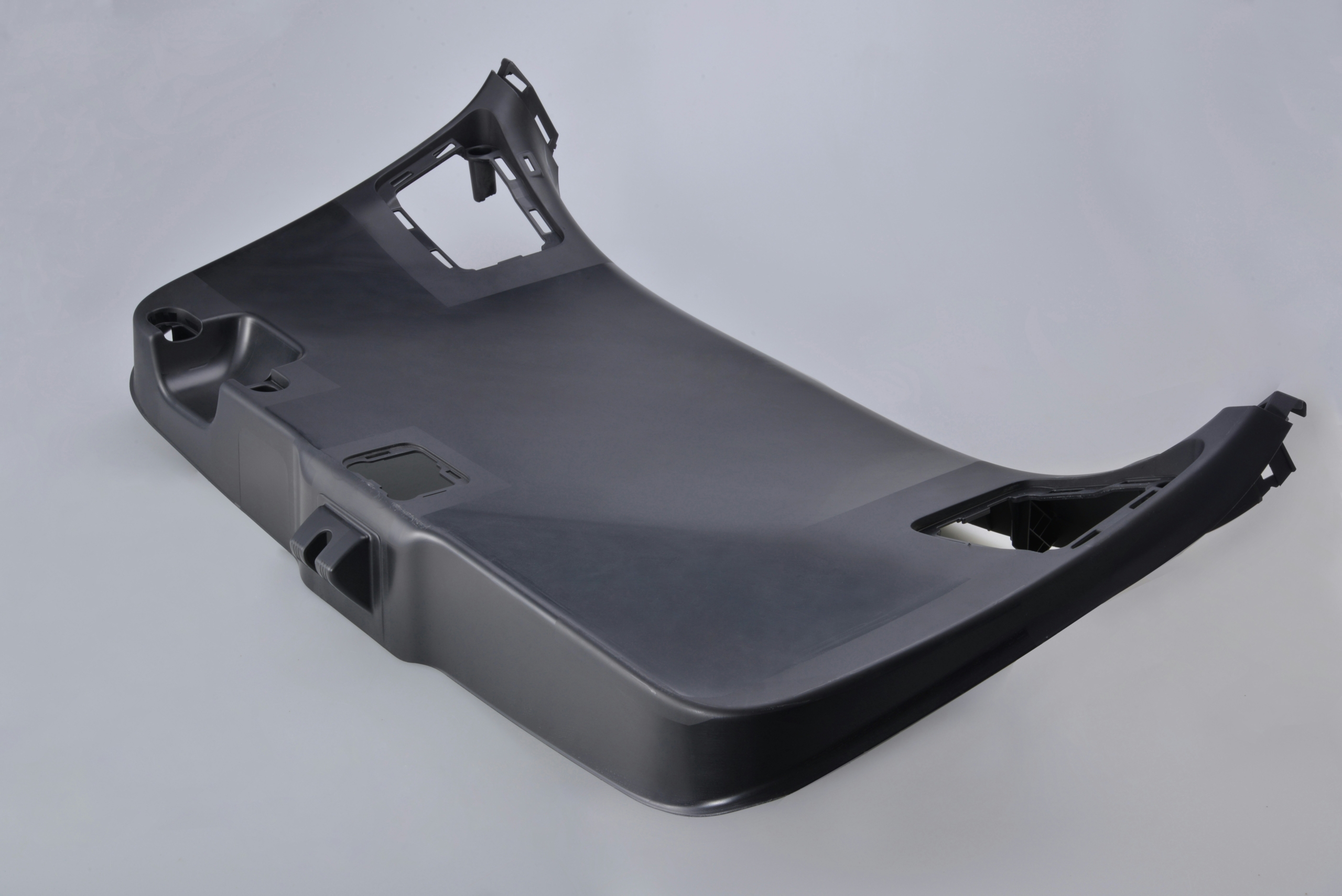
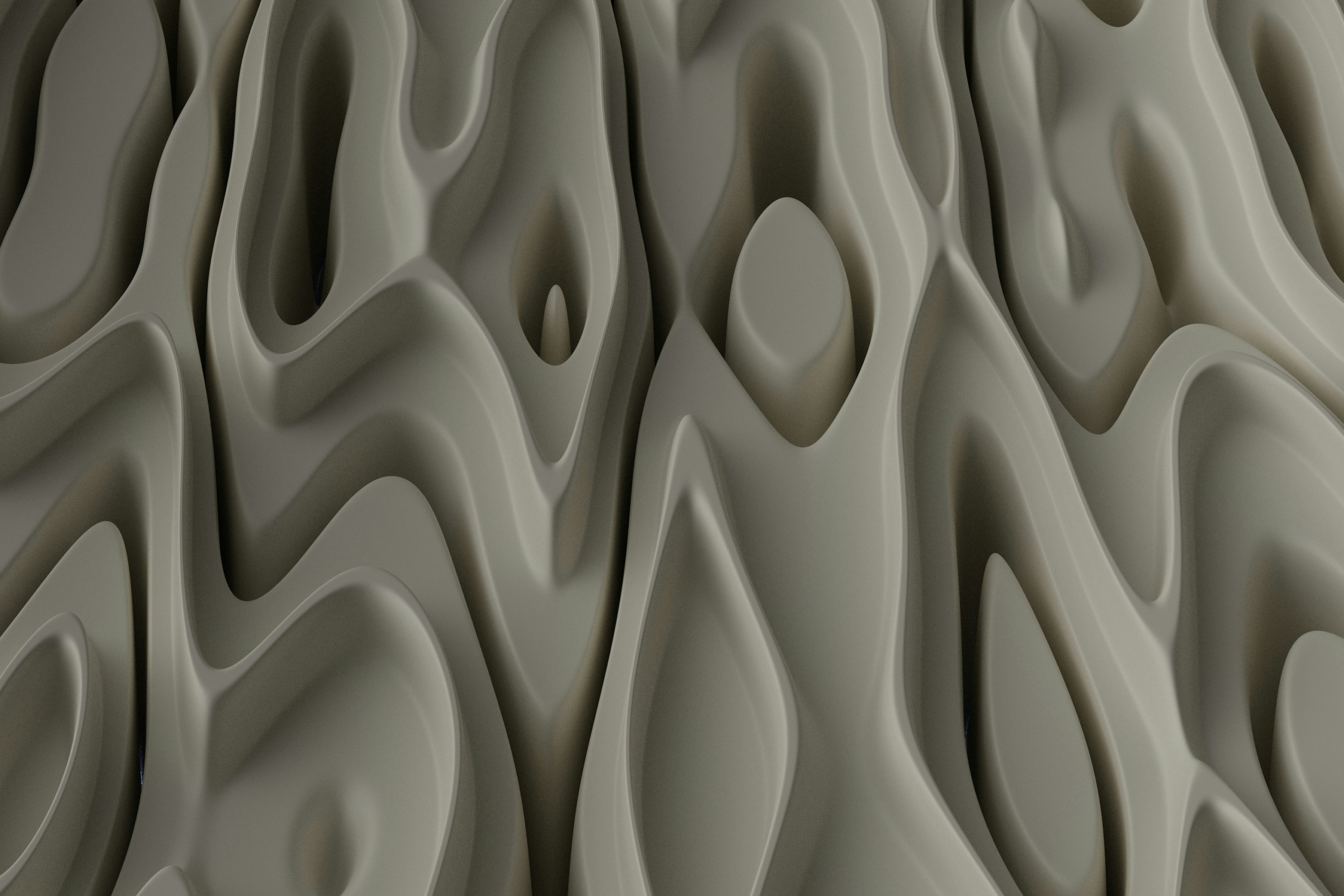
3. Design for Mold Flow Efficiency
Plastic flows like a fluid under heat and pressure, so you need to consider positioning gates to allow even filling and minimize weld lines. Additionally, having shorter flow paths reduce pressure drop and help achieve uniform packing, and including vents prevents trapped air, which can cause burn marks or voids.
4. Use Ribs for Strength, Not Thickness
When structural strength is needed, it’s better to use reinforcing ribs than to increase wall thickness. Overly thick sections cool unevenly and cause sink marks, while ribs improve rigidity without adding unnecessary mass. This can help maintain part strength and aesthetic quality for smooth transitions while supporting efficient cooling.
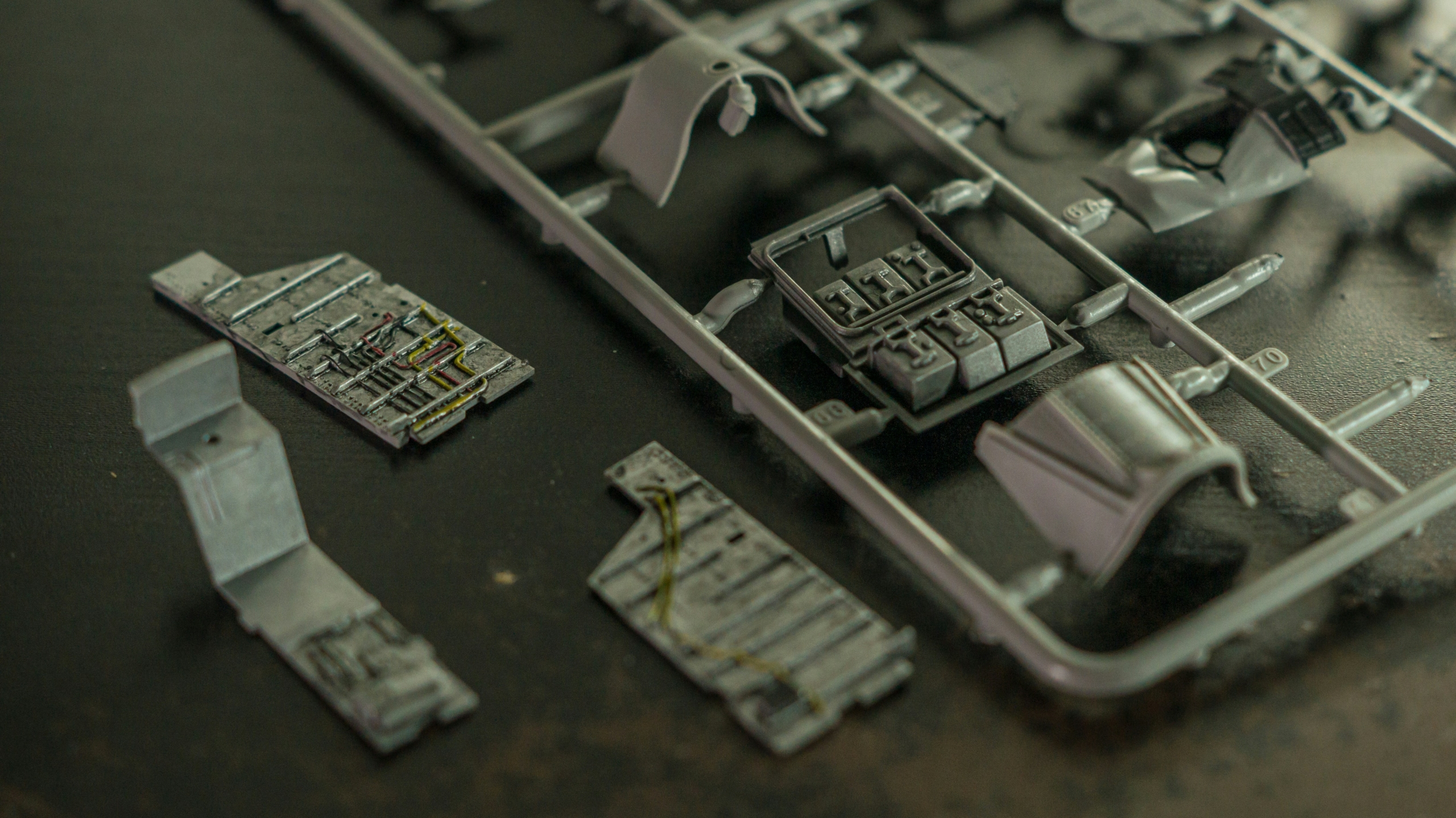
5. Mind the Corners and Fillets
Sharp corners create stress points and complicate material flow. Instead, use rounded fillets and radii to strengthen part geometry and support smoother filling. The outside corners should match the inside radius plus wall thickness, and you’ll want to be sure to avoid sharp edges where two thick walls meet to reduce sink potential. This simple change enhances both mechanical performance and visual appeal while adhering to DFM guidelines for plastic parts.
6. Optimize Boss and Insert Design
Bosses are cylindrical features used for mounting, fastening, or alignment. If designed improperly, they can cause sink marks or weak spots. Recommended design tips include a wall thickness at the boss base that doesn’t exceed 60% of the surrounding wall, as well as adding ribs to support tall or load-bearing bosses. Additionally, it’s essential to use metal inserts when repeated threading or high torque is expected.
7. Plan for Part Ejection Early
One of the most common design mistakes in injection molding is neglecting ejection considerations like cooling time until late in the design phase. The ejection system should remove the part without distortion, scarring, or breakage. To make that easier, distribute ejector pins evenly and place them behind thicker sections, and include adequate draft and flat surfaces for even ejection pressure.
Along with those areas of focus, consider using air assists or stripper plates for complex geometries. Designing for smooth ejection improves part consistency and helps maintain a clean surface finish.
8. Simplify Geometry Wherever Possible
Complex geometries may seem appealing, but they can drive up tooling costs and cycle times. Simplifying part design while preserving functionality reduces your mold cavity complexity, maintenance needs, risk of molding defects, and overall cost. For best practices in this area, eliminate undercuts unless absolutely necessary and use slide or lifter mechanisms only when unavoidable. Also, combine multiple features or parts where it’s practical. Simplicity is a key pillar of effective DFM.
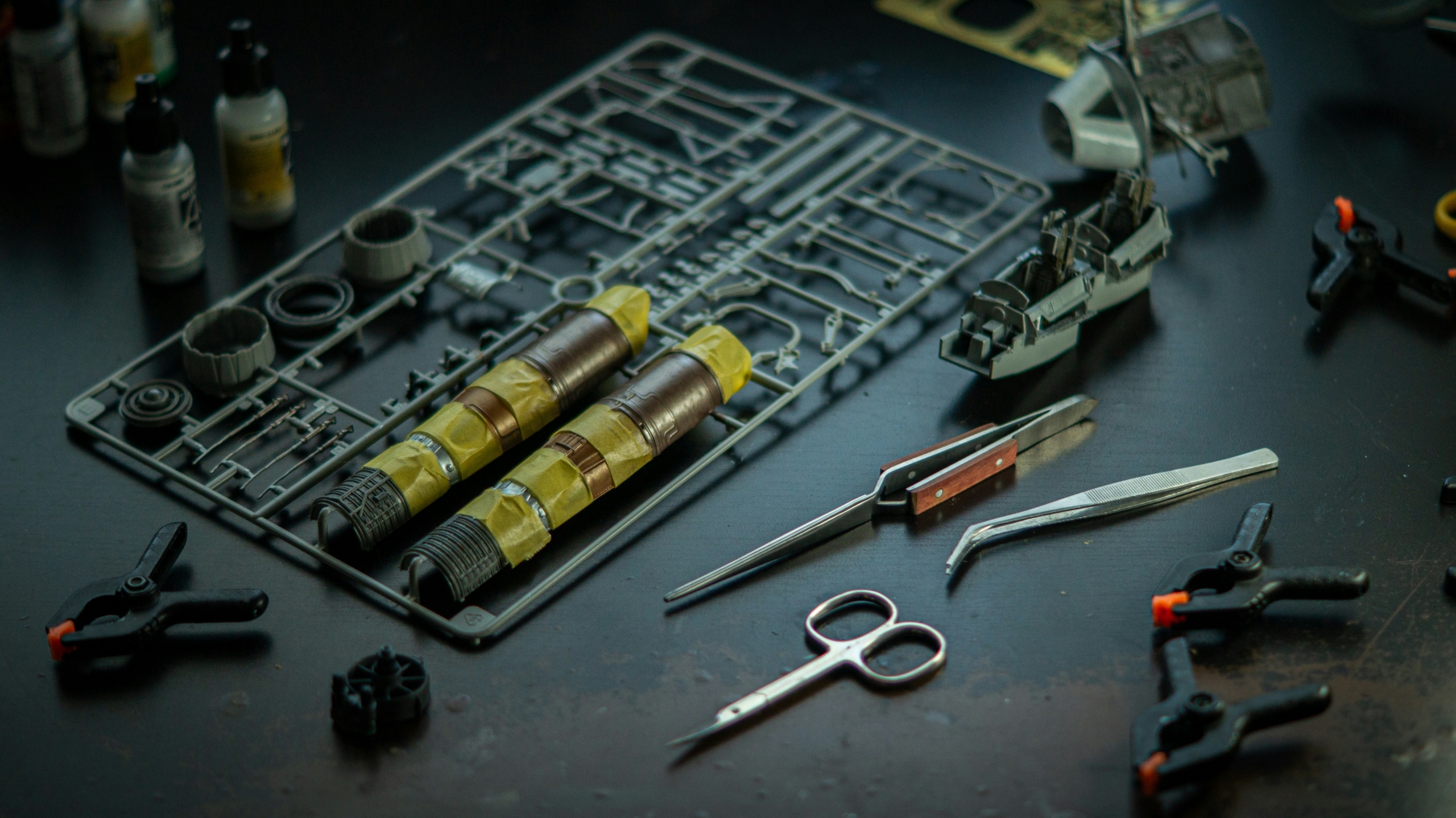
9. Select Materials with Design in Mind
Not all injection molding materials behave the same way in your molding machine, as different materials shrink, flow, and cool differently. Matching design features to the chosen resin is critical for maintaining tolerances and performance. Amorphous resins (like ABS, PC) shrink less and offer better dimensional stability while semi-crystalline resins (like nylon, POM) may need larger draft angles due to higher shrinkage.
You’ll also want to factor in chemical resistance, temperature tolerance, and mechanical load. Collaborating with a molder early in the design process ensures the material aligns with part geometry, functional needs, and production goals. Some options for volume production include polystyrene, polyethylene, polypropylene, thermoplastic, silicone, polycarbonate, and polymer options with the end user in mind.

10. Validate Designs with DFM Reviews
Before committing to tooling, you should always conduct a DFM review. This collaborative process between designers, engineers, and mold makers helps identify manufacturability issues that could affect your quality, cost, or cycle time. During a DFM review, ensure you analyze wall uniformity and draft consistency, gate and runner placement, cooling and ejection design, and tooling complexity and maintenance access.
Proper DFM guidelines for plastic parts and a strong review of them prevents costly retooling, ensures smoother production, and aligns the final design with both functional and manufacturing requirements.
What’s the Bottom Line?
Finding the right plastic injection molding design tips means thinking like both a designer and a manufacturer, especially for high-volume delivery. By prioritizing wall uniformity, draft angles, flow efficiency, and ejection planning, you create parts that are not only visually and structurally sound but also cost-effective to produce. For more information, check out our article titled How Custom Plastic Injection Molding Improves Product Quality & Durability
Following DFM guidelines for plastic parts bridges the gap between concept and production, which can reduce lead times, improve part quality, and maximize ROI. In short, great molded parts don’t just happen at the press. They need to be engineered at the design table.
Contact CBM Plastics USA for your plastic injection molding quote.
Let us help you with a custom injection molding quote for your project.
FAQs For Plastic Injection Molding
If your company requires plastic components made to exact specifications on a timeline and schedule that works for you and your customers, injection molding will likely add ongoing benefits to your company and enhance its bottom line.
Production time varies depending on the specifics of your order. However, with the right machinery and equipment, you can expect fast production times and good communication that will keep you informed about when you can expect your order.
CBM Plastics provides the highest product quality and takes plastic injection molding seriously. This allows you to have confidence in your order and ensures your customers will receive products with lasting components.
A plastic injection molding machine provides high precision and consistency in creating parts, helping to reduce scrap rates and improve product quality. This leads to lower costs and enhanced customer satisfaction by meeting exact specifications and timelines.
Waste reduction is crucial in plastic injection molding as it leads to cost savings and environmental sustainability. A molding injection machine ensures precise production, which minimizes material waste and enhances overall efficiency.
For More Frequently Asked Questions About Custom Plastic Injection Molding Check Out This Comprehensive Resource.

